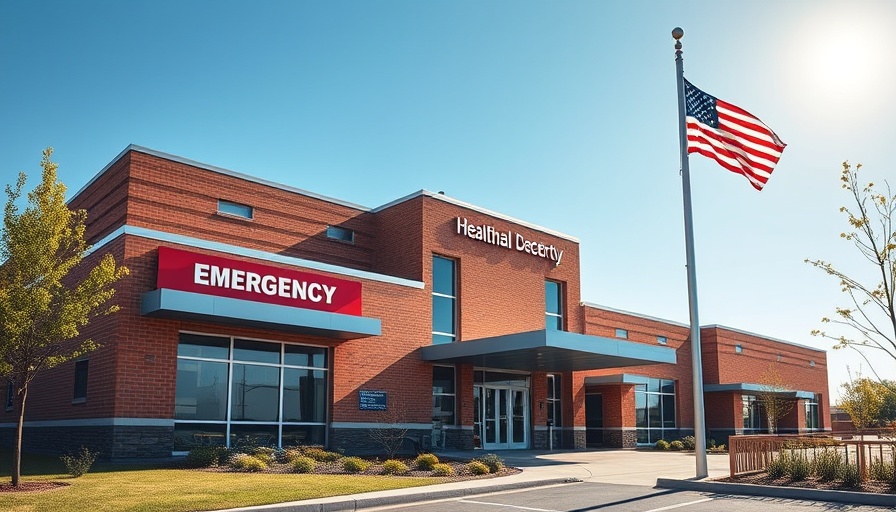
The Rise of Ransomware Attacks in Healthcare
In recent years, ransomware attacks have surged across various sectors, particularly within healthcare. The alarming incident involving Kettering Health underscores the critical nature of cybersecurity measures in hospitals and clinics. Cybercriminals, such as the group known as Interlock, have emerged as significant threats, preying on vulnerabilities within healthcare organizations that manage sensitive patient data.
Understanding Interlock's Tactics
Interlock, a relatively new player in the criminal syndicate of ransomware groups, has been active since September 2024. Their tactics typically involve extensive reconnaissance followed by data theft, which they threaten to reveal unless a ransom is paid. The hacking of Kettering Health involved the theft of over 940 gigabytes of sensitive information, showcasing their capability to breach even well-established systems.
The Impact on Patients and Staff
As healthcare systems fall victim to such cyberattacks, the implications for patients are dire. Interlock managed to steal private health information, including sensitive details about patients’ mental health, medications, and even employee data. The violation of this trust can lead to severe consequences not only for the institution but also for the individuals whose personal information is at risk. In this case, Kettering Health's ability to recover electronic health records was hampered for weeks, demonstrating the instability posed by such attacks.
The Broader Implications for Healthcare Security
The Kettering Health event is not an isolated incident but part of a growing trend that has healthcare executives contemplating the robustness of their cybersecurity frameworks. The challenges that healthcare institutions face in securing their systems against such threats are compounded by a general lack of preparedness and investment in emerging cybersecurity technologies.
A Global Perspective on Cybersecurity
While Kettering Health's attack has received significant media attention, it reflects a broader theme seen across the globe, with various healthcare organizations falling prey to similar breaches. International data shows a noticeable spike in ransomware attacks targeting healthcare providers, driven by the COVID-19 pandemic, which has left many organizations vulnerable due to increased digital dependency. This trend raises pressing questions about how healthcare organizations globally can collaborate on protective measures.
Policy and Community Response
Cybersecurity experts urge healthcare systems to adopt comprehensive measures including regular audits, employee training, and robust response strategies to mitigate these attacks. Strong policies proposed include sharing threat intelligence and collaborating with law enforcement agencies. Immediate resource allocation towards cybersecurity initiatives appears essential—for both the safeguarding of data and the restoration of public trust.
Looking Ahead: Future Strategies to Combat Ransomware
Hospitals like Kettering Health must now develop multifaceted strategies that anticipate future threats, such as engaging with cybersecurity professionals and exploring advanced technologies to aid in detecting and responding to breaches proactively. Therein lies the crucial intersection between healthcare provision and technological advancements, where maintaining patient trust must coincide with evolving security measures.
Conclusion: The Urgency of Action
As the recent breach at Kettering Health highlights the vulnerabilities within healthcare systems, the need for immediate action to fortify cybersecurity is evident. Stakeholders must prioritize this industry shift not only for organizational longevity but for the overall safety and health of the communities they serve. Only with such recognition and effort can we hope to curb the growing cyber threat landscape.
Stay informed about the latest in technology news, trends, and updates that impact various sectors, including healthcare. Understanding these dynamics can help individuals and organizations foster a safer digital environment.
 Add Row
Add Row  Add
Add 



Write A Comment